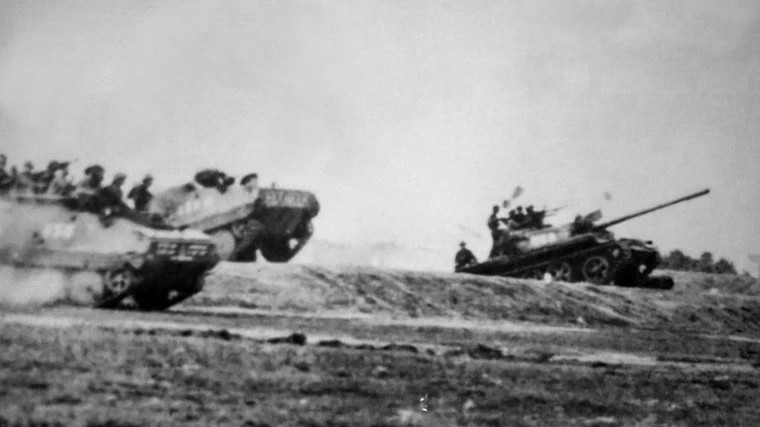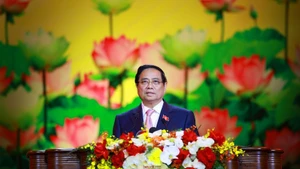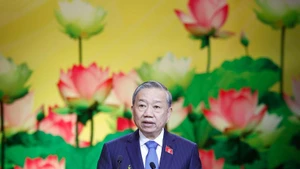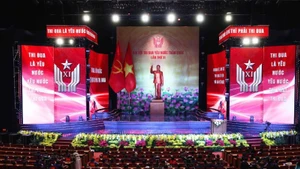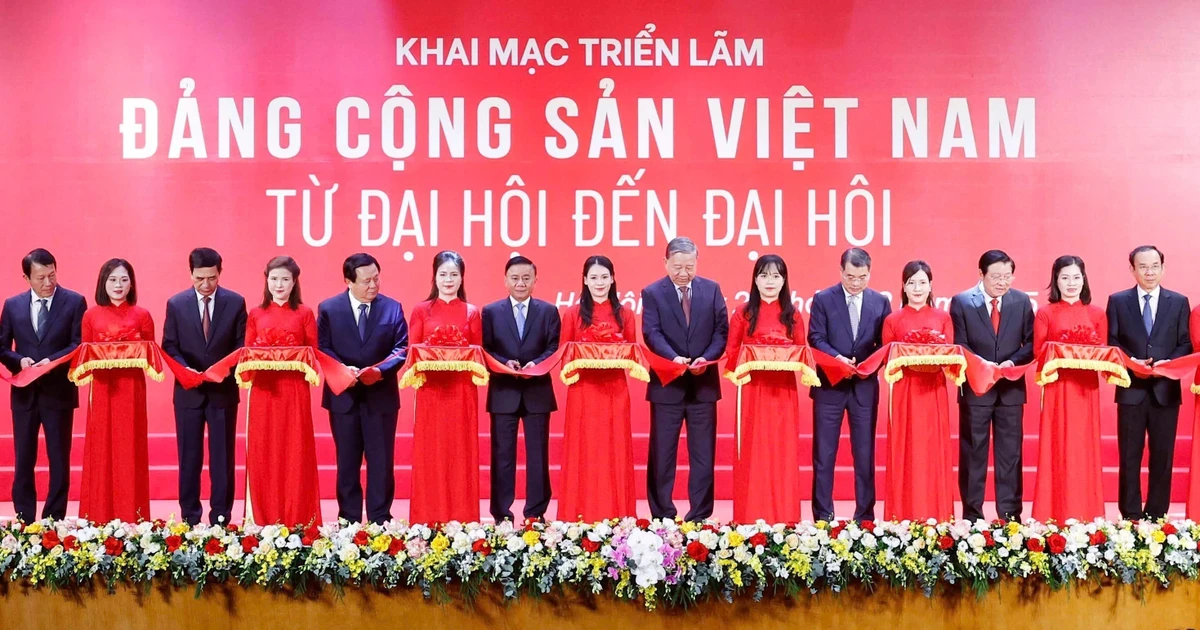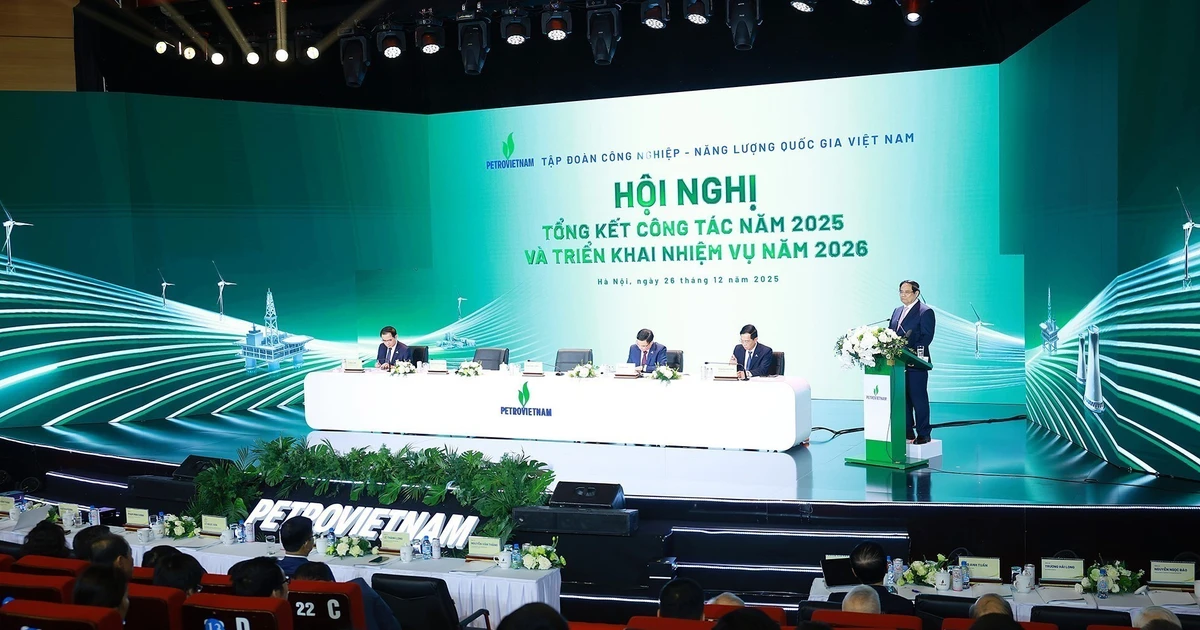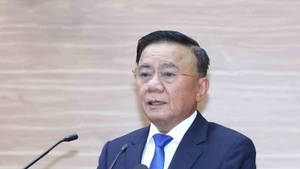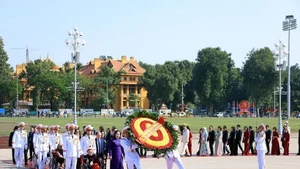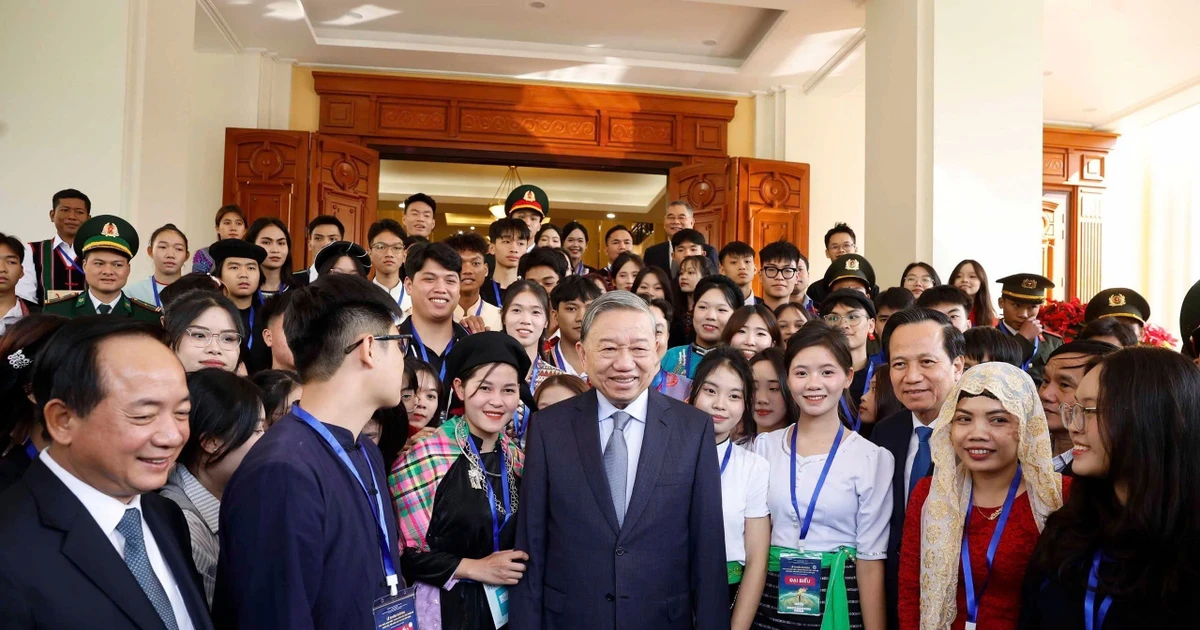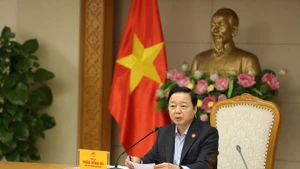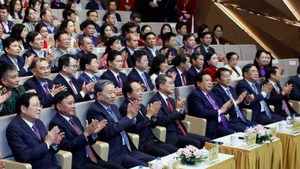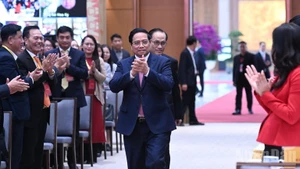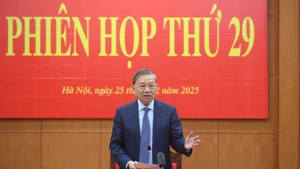By the evening of April 20, enemy forces in Xuan Loc were retreating under heavy rain. The 4th Army Corps Command ordered all units to pursue. Division 341 quickly seized Nui Thi and the remaining targets in the town, then advanced toward the Ong Que rubber plantation.
Division 7 captured southern Tan Phong and blocked Route 2. Division 6 set up forces to intercept the enemy in the Ong Que rubber plantation area. The local Ba Ria troops blocked and pursued the enemy on Route 2.
Due to delayed detection, poor organisation of blocking forces, darkness, and heavy rain, the enemy escaped through the forest on foot toward Binh Son and Long Thanh, and our forces only managed to eliminate the tail end of the fleeing troops, capturing the Long Khanh province chief, a colonel.
At the same time, Division 5 (Group 232) attacked enemy defences in Thu Thua - Ben Luc and consolidated a bridgehead west of Tan An Town, destroying enemy outposts and opening a path to move military equipment north of Route 4.
Divisions 3 and 9 marched in small units, set up artillery positions along the support route for the infantry, and liberated the An Ninh and Loc Giang areas, establishing a foothold to launch an attack on Saigon.
Division 8, the main force of Military Region 8, along with the reinforced Regiments 24 and 88 and two local battalions from Long An, intensified operations, eliminating 45 outposts and military sub-regions, liberating 12 communes in Chau Thanh, Cau Duoc, and Tan Tru districts. Division 4 (Military Region 9) moved forces closer to Can Tho. Commando troops attacked and gained control of Tra Noc Airport.
On April 20, 1975, to liberate the remaining land in the southernmost South Central region, Military Region 6 Command decided to establish the Binh Tuy Provincial Liberation Command. Armed forces involved included units from Regiment 812 (Military Region 6), Division 325 (2nd Army Corps), and local armed forces of Binh Tuy Province.
The same day, in preparation for the Ho Chi Minh Campaign, Regiment 148 (Division 316, 3rd Army Corps) unexpectedly seized Bau Nau and Tra Vo strongholds, then repelled enemy counterattacks and gained control of a 7-km stretch on Route 22 from Cam An to Ben Muong.
On April 20, the vanguard forces of the 2nd Army Corps - the eastern prong - advanced to Rung La, about 20 km from Xuan Loc.
Meanwhile, engineer regiments 7 and 575 marched to Chon Thanh and immediately began opening two main routes and detours to support the mobility of combined arms forces.
At the same time, Engineer Company 11 (Battalion 4, Regiment 7, 3rd Army Corps) completed a 50-tonne ferry at Cui ferry point. Company 5 also completed a second ferry at Tranh ferry point, preparing for the corps’ manoeuvring and staging for the upcoming campaign.
The Saigon-Gia Dinh City Party Committee instructed forces to prepare for a general uprising. The directive clearly stated that all organisations must proactively coordinate with the main army corps to complete the general uprising mission by May 1 at the latest. In response, the armed forces and people of Saigon-Gia Dinh urgently completed all preparations, ready to seize the opportunity to coordinate with the main forces to liberate the city.
That same day, the Central Military Commission urgently directed the Truong Son Command to prioritise transporting ammunition, including 130mm, 100mm, D74, DKZ75, and DKZ82 shells, 120mm mortars, 85mm cannons, and 122mm howitzers. Regarding fuel, priority was given to mazut and lubricants. The deadline for arrival in Dong Xoai was April 29 at the latest.
On the American side, on April 20, President G. Ford and Kissinger officially informed Ambassador Martin of the US government’s stance that Thieu must resign. The US hoped that a government without Thieu might negotiate with the Vietnamese side to save face and allow their puppet allies to retain some role in a coalition government.
